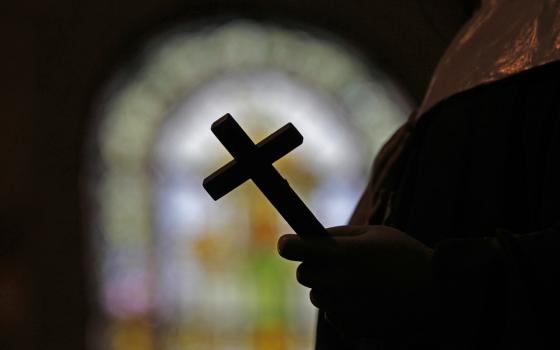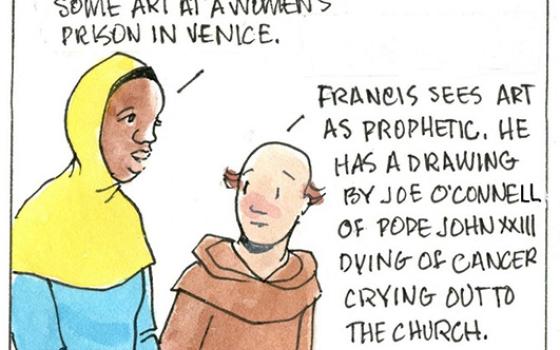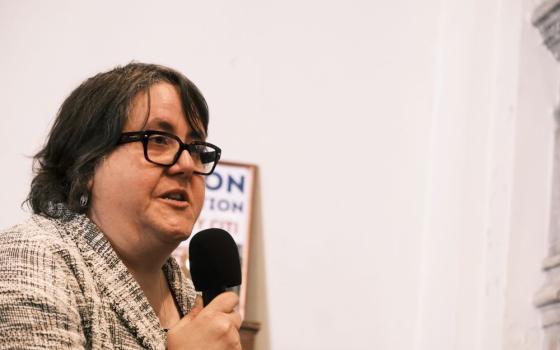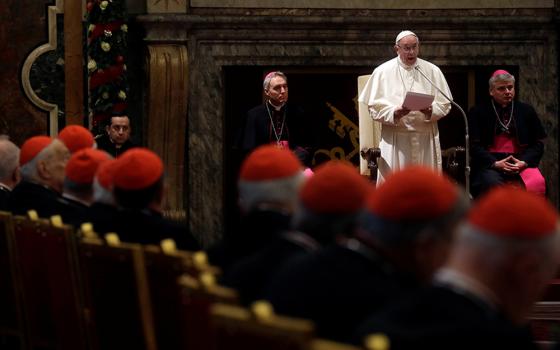ROME’S MOST FAITHFUL DAUGHTER: THE CATHOLIC CHURCH AND INDEPENDENT POLAND, 1914-1939
By Neal Pease
Published by Ohio University Press, $26.95
It was Aug. 14, 1920. The Red army, determined on subduing the Polish army and regaining the third of Poland that Russia had only recently lost after 125 years, was roaring toward Warsaw. The country’s quick defeat was anticipated. The ambassadors of the major embassies had fled, leaving subordinates -- if anyone -- in charge. The Vatican had recommended its papal nuncio leave the doomed city.
Instead, the nuncio, Msgr. Achille Ratti (later Pius XI), had the papal flag run up the pole at the nunciature, ordered his open carriage, and was driven throughout the city to show everyone that he was still there. The last train carrying foreign officials was pulling out of Warsaw’s main station, Soviet cannonades could be heard in the suburbs, but Ratti -- who had sent out his archives with the English ambassador -- continued to let himself be seen. In addition to boosting the morale of the citizens, he wanted his conduct be known to the Polish fighters, 64 percent Roman Catholics, so they would know their church was standing with them.
 Ratti’s conduct was risky, for as a priest and high Catholic dignitary, he could expect no mercy from the Soviet communists. The Polish head of state, Marshall Josef Pilsudski, also had left the city, but to take over command of the armed forces. Pilsudski implemented a daring maneuver to outflank the Red Army. On Aug. 16, he succeeded. The Soviets were routed.
Ratti’s conduct was risky, for as a priest and high Catholic dignitary, he could expect no mercy from the Soviet communists. The Polish head of state, Marshall Josef Pilsudski, also had left the city, but to take over command of the armed forces. Pilsudski implemented a daring maneuver to outflank the Red Army. On Aug. 16, he succeeded. The Soviets were routed.
To absolutely no one’s expectations, Pilsudski had saved Poland.
Equally, Ratti’s courage and conduct earned him the title Il Papa Polacco. He was the first of the Polish popes. Popes? Plural, you say?
Neal Pease’s minutely researched Rome’s Most Faithful Daughter is not just first-class political history earning its place among the best of the type. The book is part of Ohio University’s Polish and Polish-American studies series; Pease is a history professor at the University of Wisconsin-Milwaukee.
It is a detailed recounting of the four-way dance between socialist leader Pilsudski, a Catholic nuncio who liked him and could overlook his peccadilloes, a right-wing Polish hierarchy that detested Pilsudski and did not entirely trust Ratti to seek Poland’s best interests, and a Vatican and papacy that needed its “most faithful daughter” far more than most people realized.
For a totally Eurocentric Vatican, which other continental European country in the first quarter of the 20th century had a majority population of pious Catholics? Where else in Europe was there a church still powerful enough nationally to have God and church written into its new constitution; its crowning national moments almost routinely celebrated in Catholic cathedrals by its heads of state and government?
Not France, “oldest daughter of the church,” with a Third Republic that saw French Catholics fleeing to French-speaking Canada. Not Germany, twisting down into the depths of an inflationary vortex that would spew up Hitler. Certainly not chaotic Italy, whose socialists were witnessing the birth pangs of Mussolini’s fascism.
A Reformation, and two revolutions -- the French and the Russian -- had spawned Europeans whose concepts of existence were not reliant, to put it mildly, on the church as their main reference point for their sociopolitical forms and opinions. Yet here was the newly constituted Catholic Poland, free and independent at last, after being divided into three parts and ruled for a century-and-a-quarter by Russia, Prussia and Austria.
Pease exhibits a master historian’s control as he interweaves these many strands of political history that impact the aspirations and exasperate all of the domestic political and hierarchical players.
The further benefit of Pease’s book is that from Poland’s past today’s readers begin to appreciate the extent to which pious and conformist, rightist and highly nationalistic Poland has influenced the papal mindsets and Catholic agenda since Pius XI’s day down to the present.
When Ratti was in Poland, Eugenio Pacelli (his successor, as Pius XII) was nuncio in Bavaria. As such, Pacelli was intricately involved in Germany’s claims on German-speaking Polish Silesia. Regarded as pro-German, Pacelli nonetheless understood and admired the Poles and apparently played by the book, diplomatically, where Polish interests were concerned. (The Poles remained dubious.) Ratti, as Pius XI, in 1923, sent Giovanni-Battista Montini (the future Paul VI) as nuncio to Poland. As Paul VI, Montini pushed hard for permission to visit Poland under the communists, but was rebuffed.
Karol Wojtyla (as John Paul II) needs no further introduction. That brings the narrative to the present day and to the question: To what extent does Benedict XVI, who as Cardinal Joseph Ratzinger lived with the ethos and dictates of Polish Catholic thinking for 28 years, reflect that thinking other than in John Paul II’s hallmark Mary-centered piety? Ratti godfathered them all. (An amusing aside: The diplomat pope-to-be who declined the Polish post was Angelo Roncalli, later John XXIII. He went to Bulgaria instead.)
Pius XI was a reactionary autocrat, but whatever reservations one might have about him as pope, Achille Ratti is the hero of Pease’s superbly researched and highly enlightening book, and deservedly so.
[Arthur Jones is NCR books editor.]







